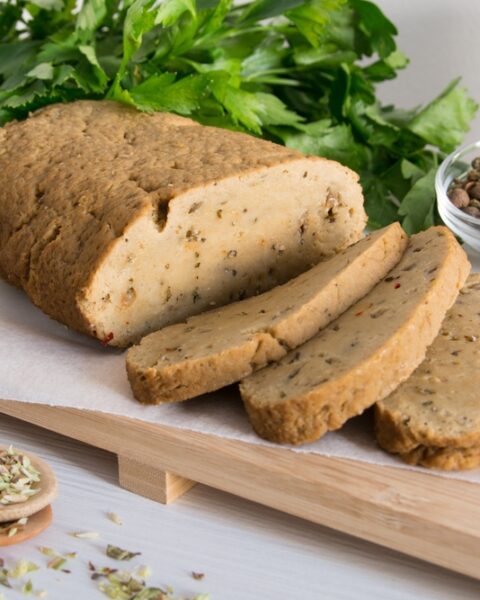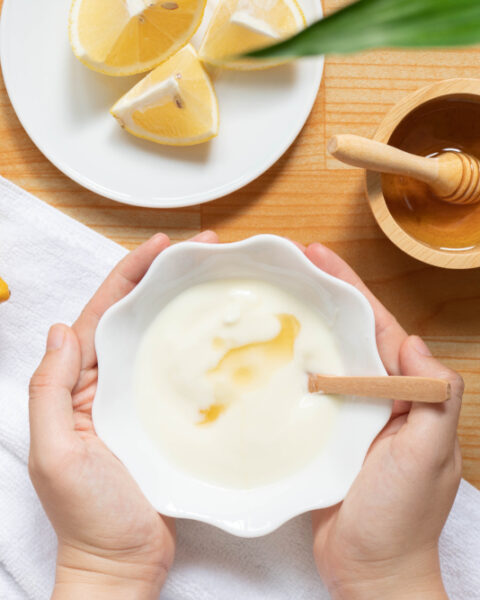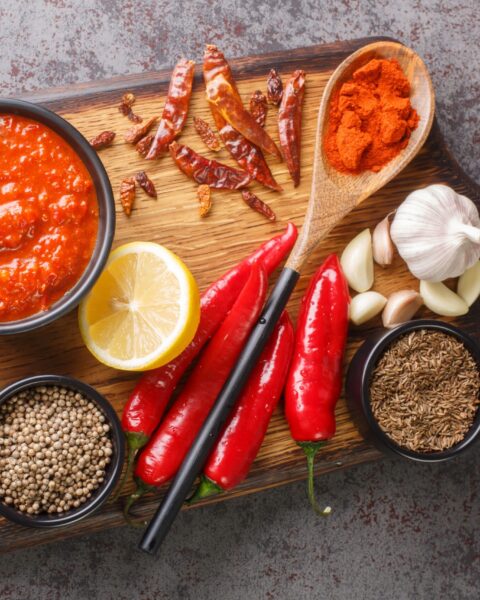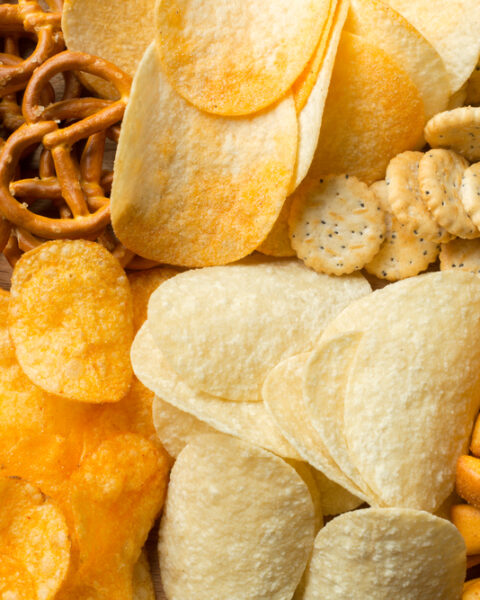Freezing food seems simple enough, right? Just pop it in the freezer and forget about it. But if you’ve ever pulled out a frosty, freezer-burned mess, you know there’s more to it than just tossing things in and hoping for the best. Freezing can be a game-changer. The trick is doing it right—so your food stays tasty, nutritious, and ready whenever you need it. Here are some essential tips that you need to know!
Contents
- 1 Use the Right Containers
- 2 Label Everything
- 3 Blanch Vegetables Before Freezing
- 4 Avoid Freezing High-Moisture Foods
- 5 Freeze in Smaller Portions
- 6 Remove Air from Bags
- 7 Cool Foods Before Freezing
- 8 Freeze Quickly to Preserve Texture
- 9 Keep the Freezer Organized
- 10 Store Liquids in Freezer-Safe Bags
- 11 Avoid Re-Freezing Thawed Foods
- 12 Separate Foods to Avoid Sticking
- 13 Keep a Consistent Freezer Temperature
- 14 Use Parchment Paper for Baking Items
- 15 Defrost Safely
- 16 More From RetailShout
- 17 15 Homemade Juice Recipes Packed with Nutrients
- 18 6 New and 10 Returning Items Of The Week At Trader Joe‘s
Use the Right Containers
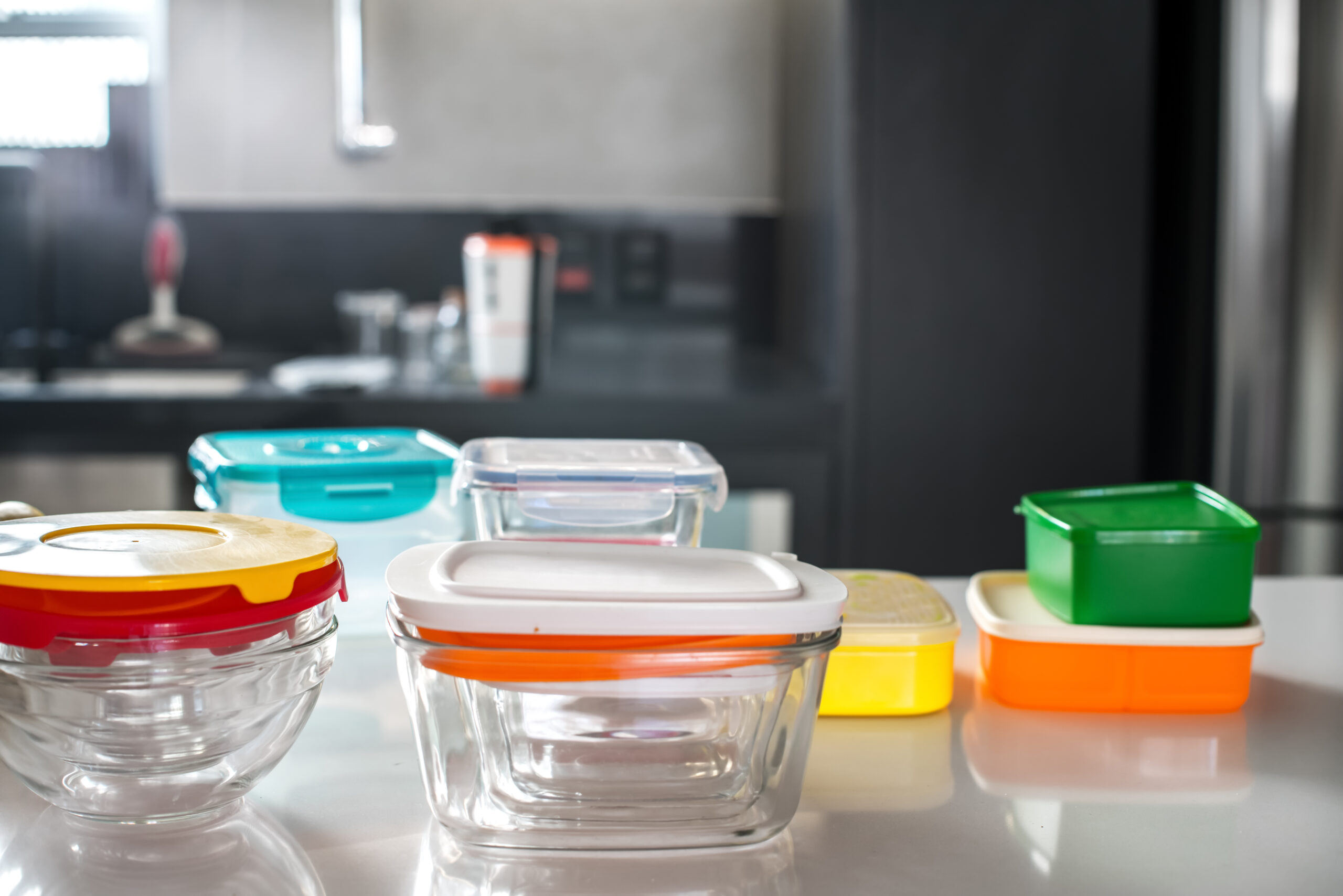
Using the right containers for freezing is crucial to avoid freezer burn and maintain freshness. Airtight plastic containers, freezer bags, and vacuum-sealed bags are all excellent options as they prevent air from getting in, which can cause spoilage. When using plastic containers, ensure they’re marked as freezer-safe to avoid cracking. Glass containers work too but be sure they’re tempered for freezing. By choosing the right storage materials, you’ll give your food the best chance to stay fresh for longer.
Label Everything
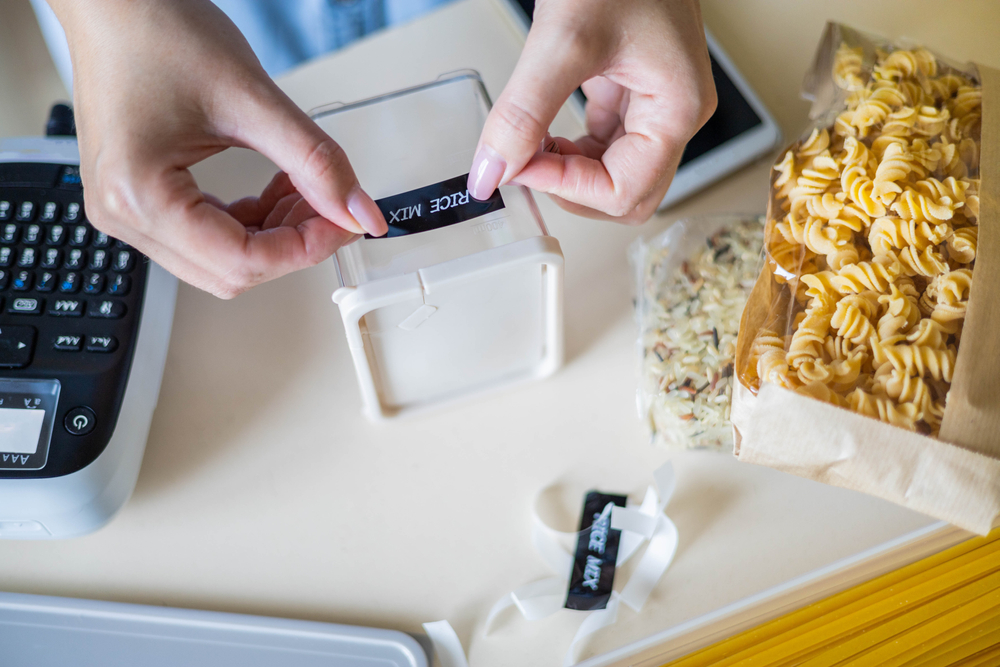
Labeling each container or bag with the contents and date helps you keep track of what you have and prevents items from getting lost in the freezer. Write clearly, using a waterproof marker if possible, and include details like the freezing date and any specific instructions for defrosting if necessary. Knowing exactly what’s in each container prevents you from having to guess, which can lead to food being left too long and going stale. Organized labeling also helps rotate items, so you use older items first. This simple step makes managing freezer storage a breeze.
Blanch Vegetables Before Freezing
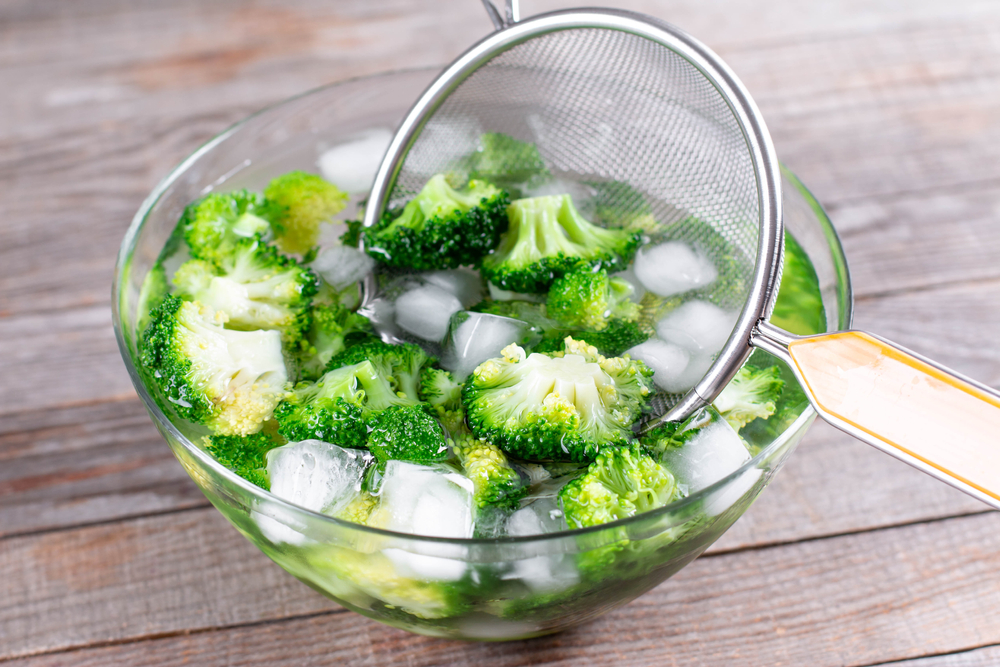
For vegetables, blanching is essential to lock in flavor, color, and nutrients before freezing. Blanching involves briefly boiling vegetables, then plunging them into ice water to stop the cooking process. This process inactivates enzymes that can cause vegetables to lose their quality over time. Not all vegetables need blanching, but for those that do, like carrots, broccoli, and green beans, it can make a big difference. Blanching ensures that veggies remain vibrant and tasty even after being frozen for months.
Avoid Freezing High-Moisture Foods
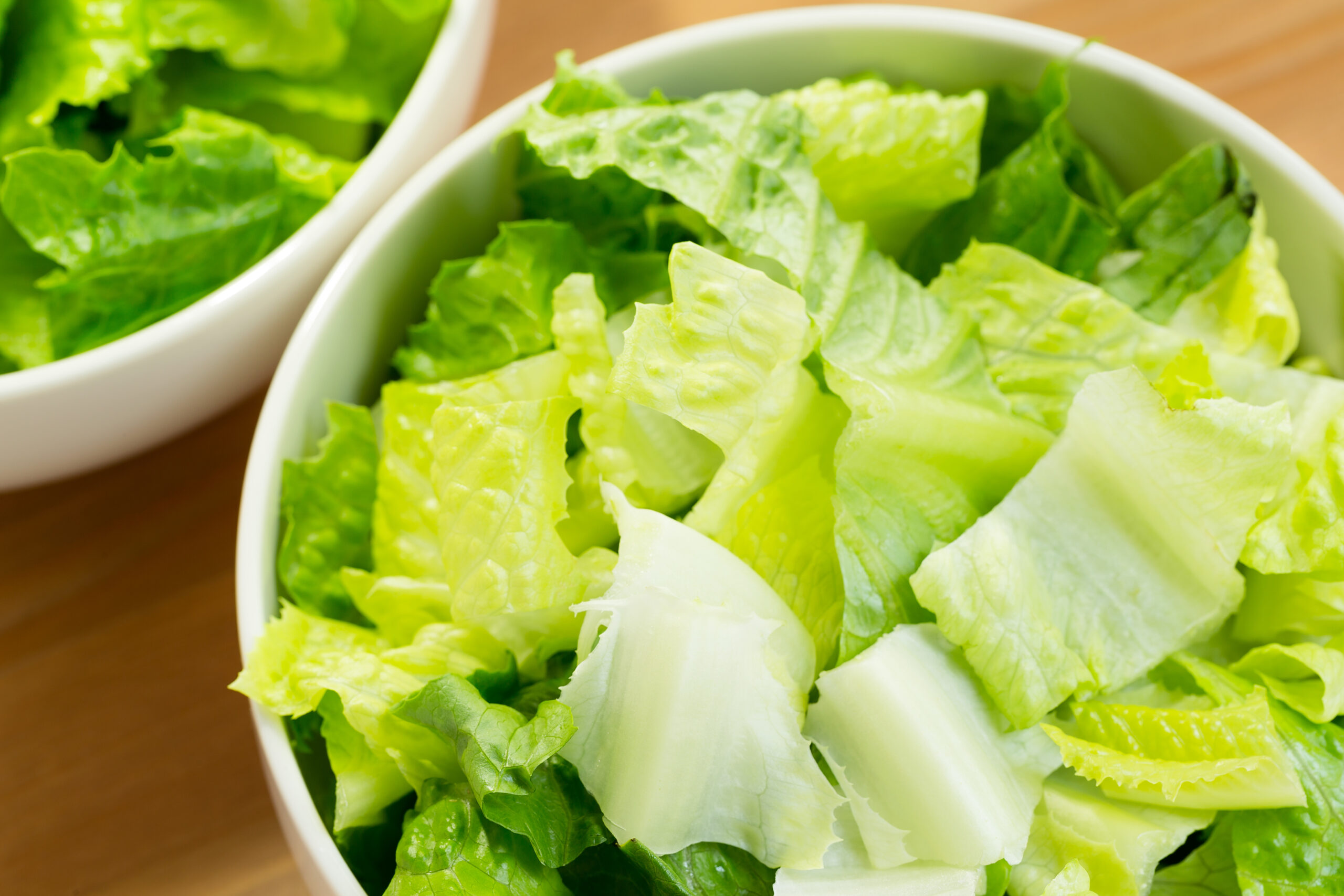
Certain foods, like lettuce, cucumbers, and tomatoes, contain high amounts of water, which doesn’t freeze well and leads to a mushy texture when thawed. If you need to freeze these items, consider chopping them and using them in cooked dishes later. Dairy-based sauces, like those made with cream, also don’t freeze well because they tend to separate upon defrosting. It’s best to stick with heartier vegetables and foods that don’t rely on high water content. This tip will save you disappointment when defrosting foods that aren’t freezer-friendly.
Freeze in Smaller Portions
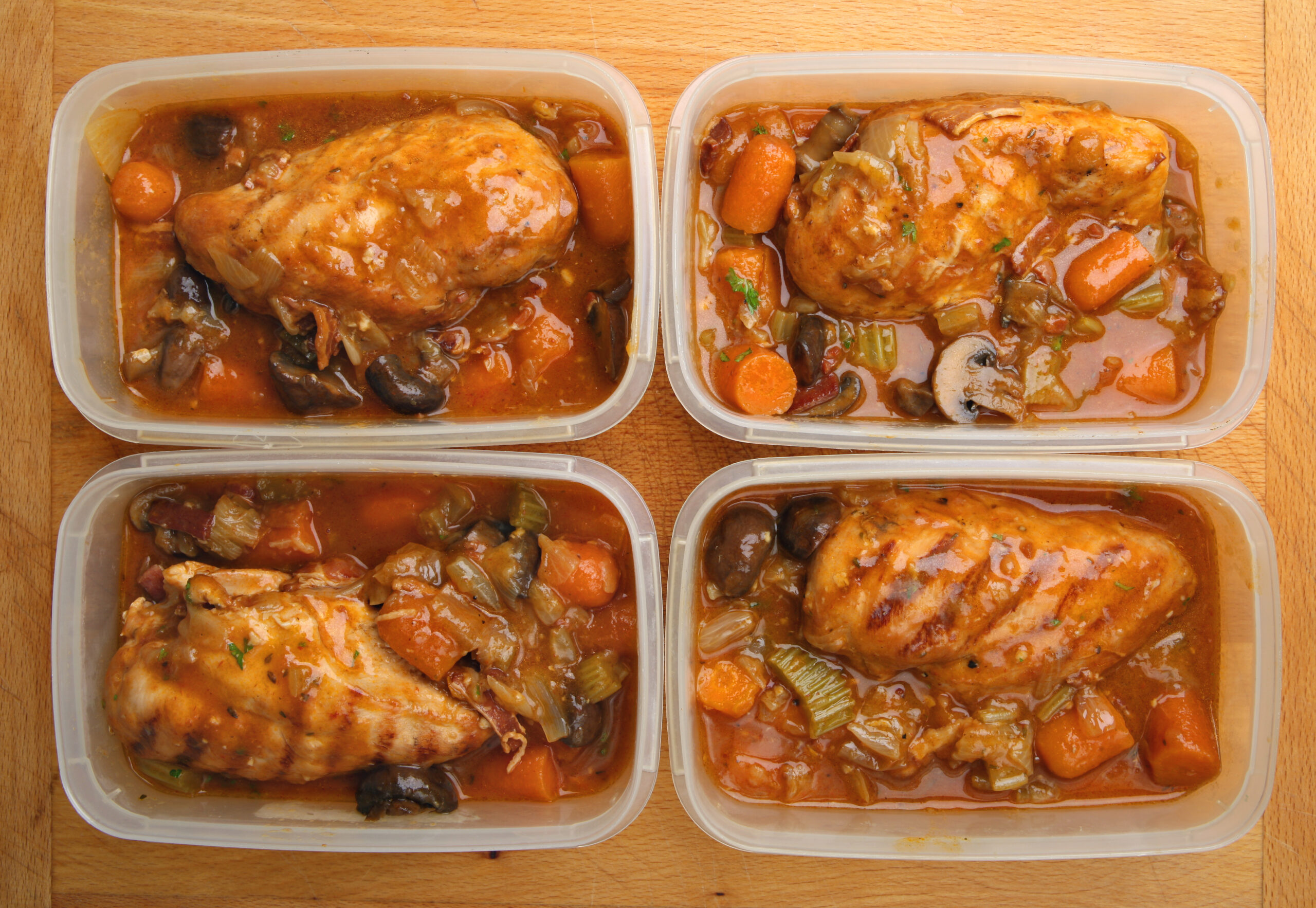
Freezing foods in smaller, meal-sized portions makes defrosting quicker and more efficient. Large portions can take a long time to thaw and might lead to waste if you don’t use the entire portion after defrosting. Smaller portions are easier to manage, allowing you to take out only what you need without having to defrost an entire batch. It also helps with faster freezing, preserving the food’s quality. Plus, having smaller amounts ready to go makes meal prep much simpler and less time-consuming.
Remove Air from Bags
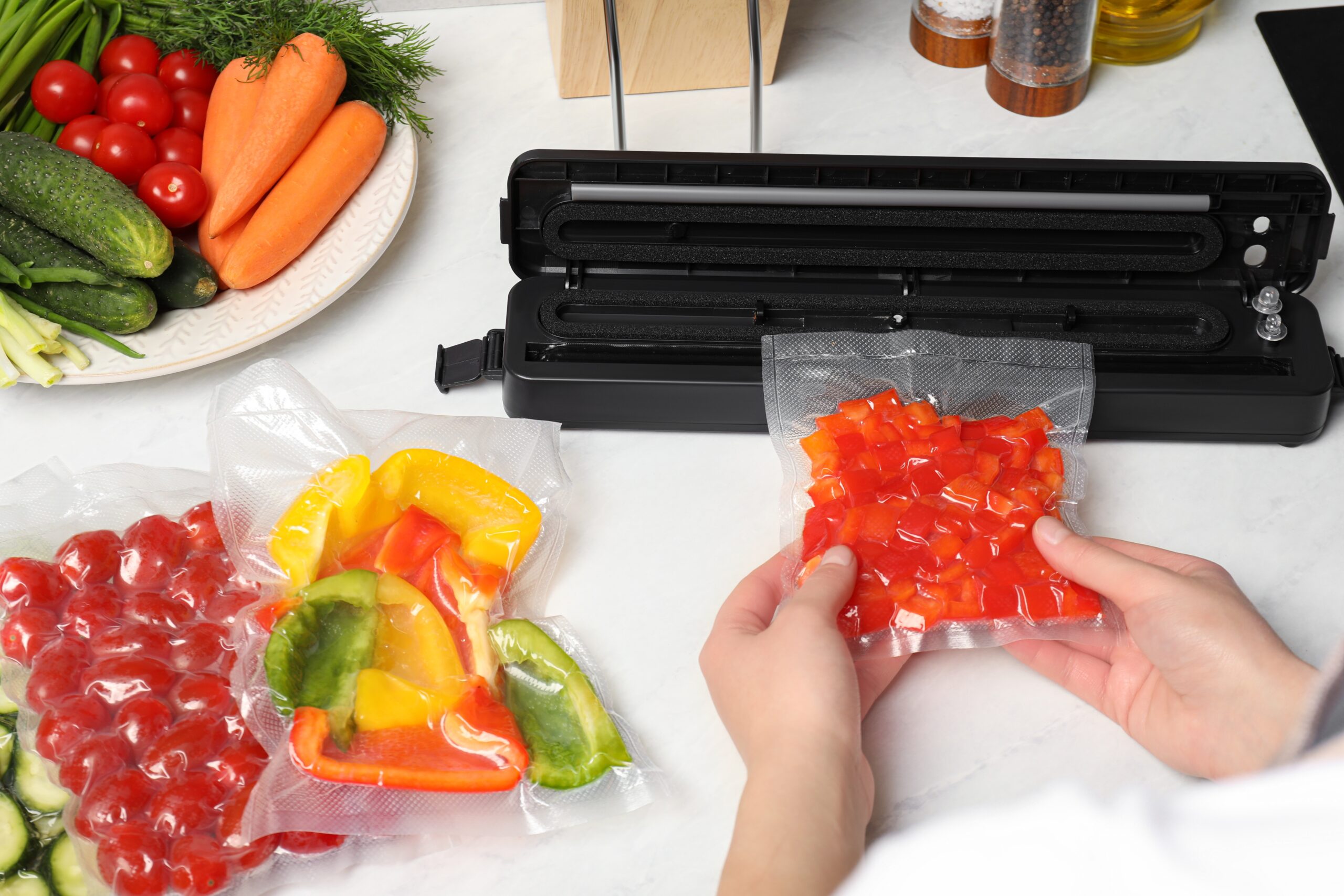
Air in your freezer bags leads to freezer burn, which can ruin the texture and taste of your frozen foods. For foods in freezer bags, press out as much air as possible before sealing, or consider investing in a vacuum sealer to remove air entirely. Even with containers, leaving a little space at the top for expansion is crucial, but try to fill bags or containers as full as possible to minimize air exposure. This step extends the life of your frozen foods by reducing the chances of ice crystals forming on their surface. By minimizing air, you’re ensuring your foods stay fresher for longer.
Cool Foods Before Freezing
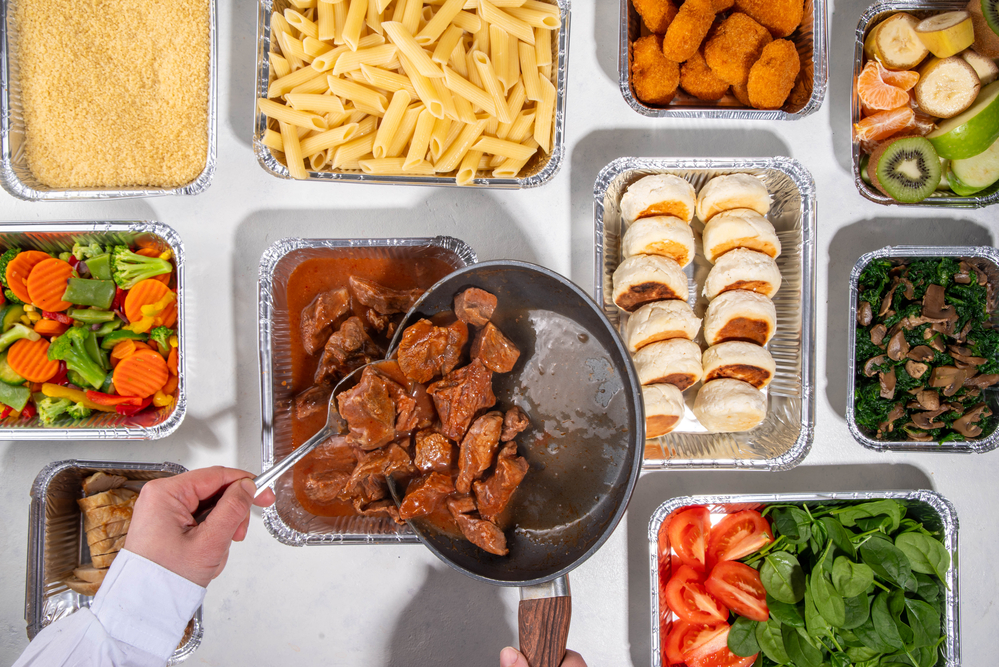
Placing hot or warm foods in the freezer can cause surrounding items to partially defrost and refreeze, which harms their quality. Allow cooked foods to cool to room temperature before putting them in the freezer. If you need to cool food quickly, divide it into smaller portions or place it in a shallow container. Cooling also prevents unnecessary ice formation, which can alter textures and flavors. This small precaution goes a long way in keeping food at its best in the freezer.
Freeze Quickly to Preserve Texture
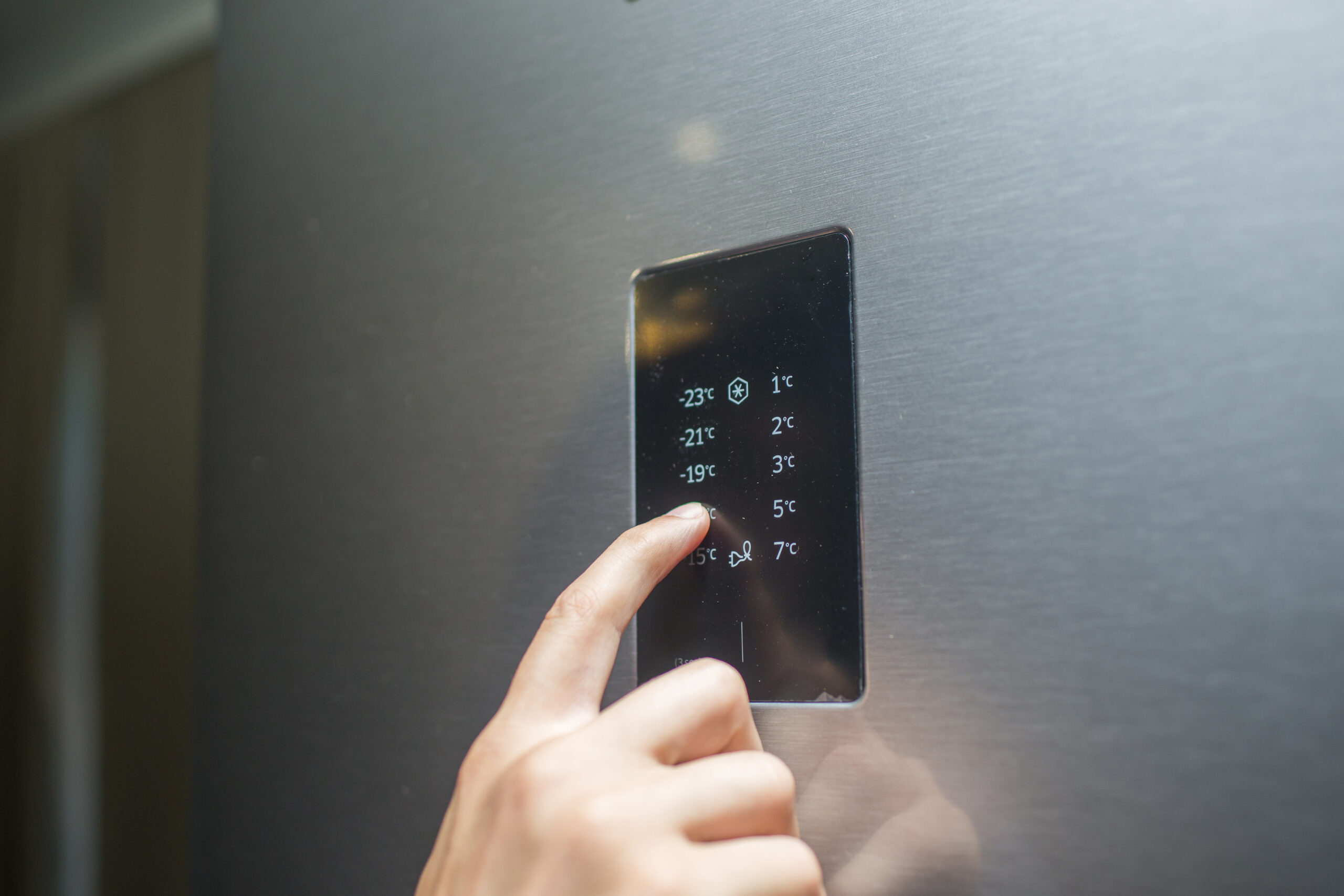
Quickly freezing foods helps to maintain texture, flavor, and freshness by reducing the size of ice crystals that form within the food. Large ice crystals can damage the food’s cell structure, leading to mushy textures upon thawing. Set your freezer to its coldest setting when freezing new items, or use the “quick freeze” function if available. Placing items near the freezer walls, where it’s coldest, can also speed up the process. This technique keeps the original texture closer to what it was when fresh.
Keep the Freezer Organized
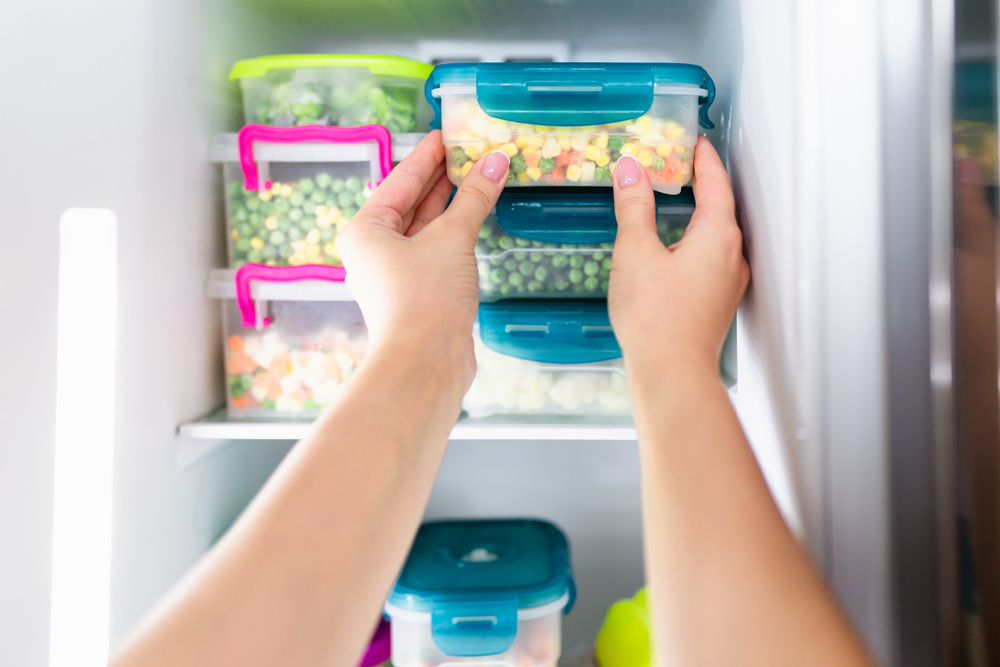
An organized freezer makes it easier to access what you need and prevents items from being forgotten and going to waste. Use clear containers, label everything, and create sections for different types of food like meats, vegetables, and baked goods. By stacking containers and arranging items thoughtfully, you’ll maximize space and reduce the risk of freezer burn from foods that have been buried too long. Regularly rotating items also helps ensure that food is consumed within its optimal freezing time. This organization keeps your freezer efficient and your food fresh.
Store Liquids in Freezer-Safe Bags
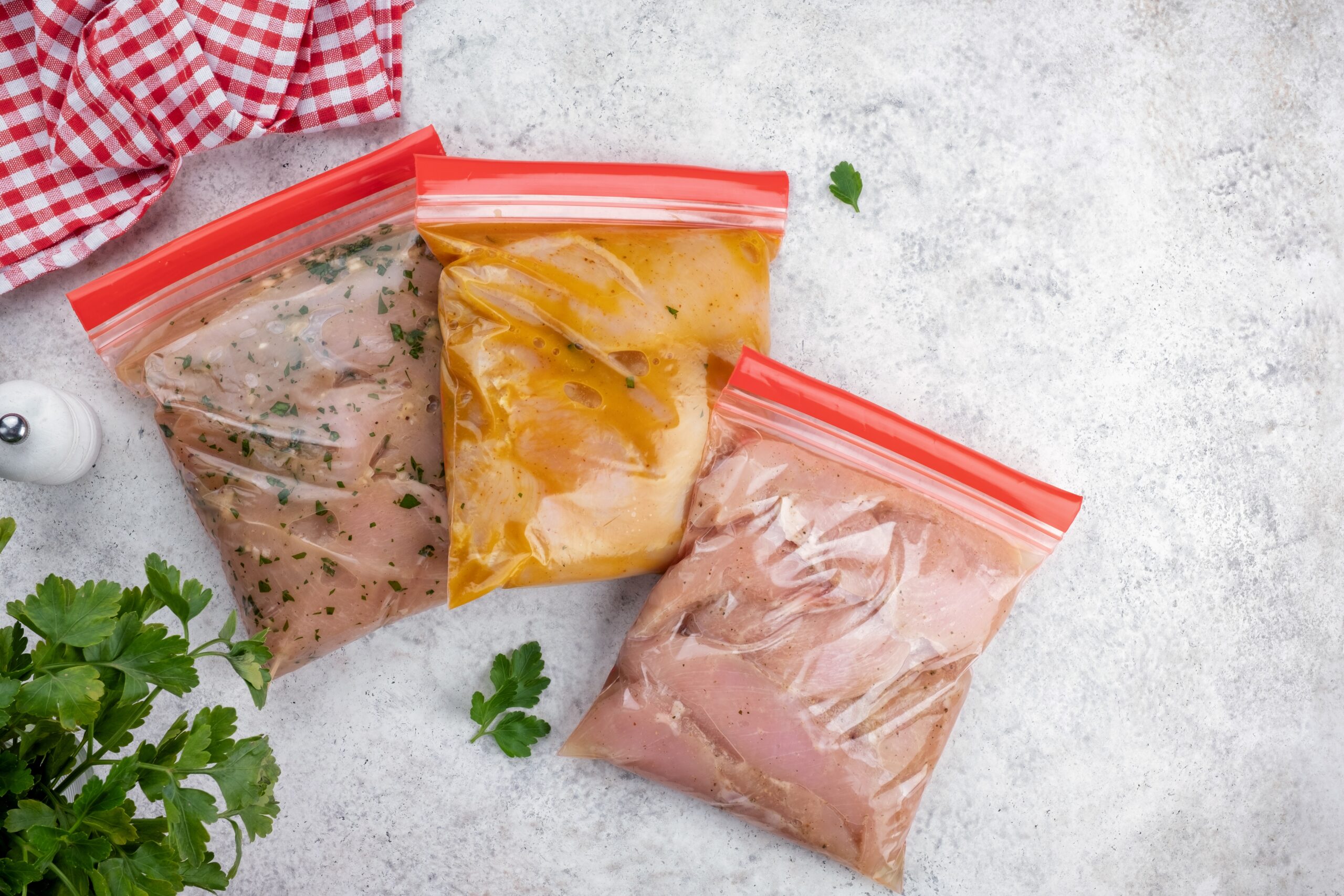
Liquids, like soups, stocks, and sauces, can be stored flat in freezer-safe bags to save space. Pour the liquid into a bag, squeeze out excess air, and lay it flat in the freezer until solid. Once frozen, you can stack or stand these flat bags upright, creating more space for other items. This method also makes thawing quicker, as you can run the bag under warm water or defrost it in a pot directly. Flat storage is a space-saver that also makes it easier to keep track of frozen liquids.
Avoid Re-Freezing Thawed Foods
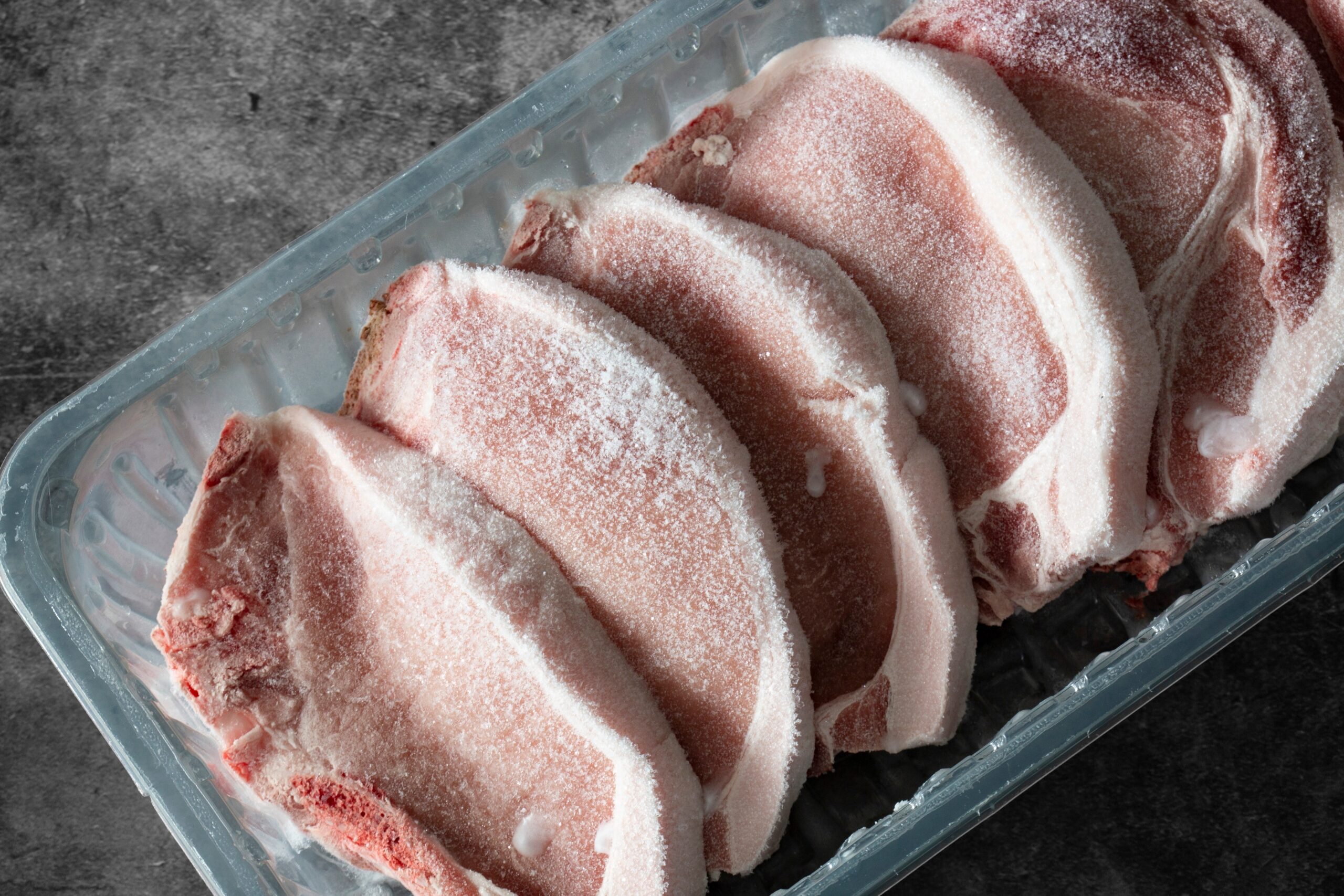
Re-freezing food that has been completely thawed can lead to quality loss and potential safety concerns due to bacterial growth during the thawing process. Once something is defrosted, it’s best to cook or consume it rather than trying to re-freeze it. To minimize the need for re-freezing, freeze foods in smaller portions so you can defrost only what you need at a time. This tip is especially critical for raw meats and seafood, where bacterial contamination is a higher risk. Avoiding re-freezing maintains food quality and safety.
Separate Foods to Avoid Sticking
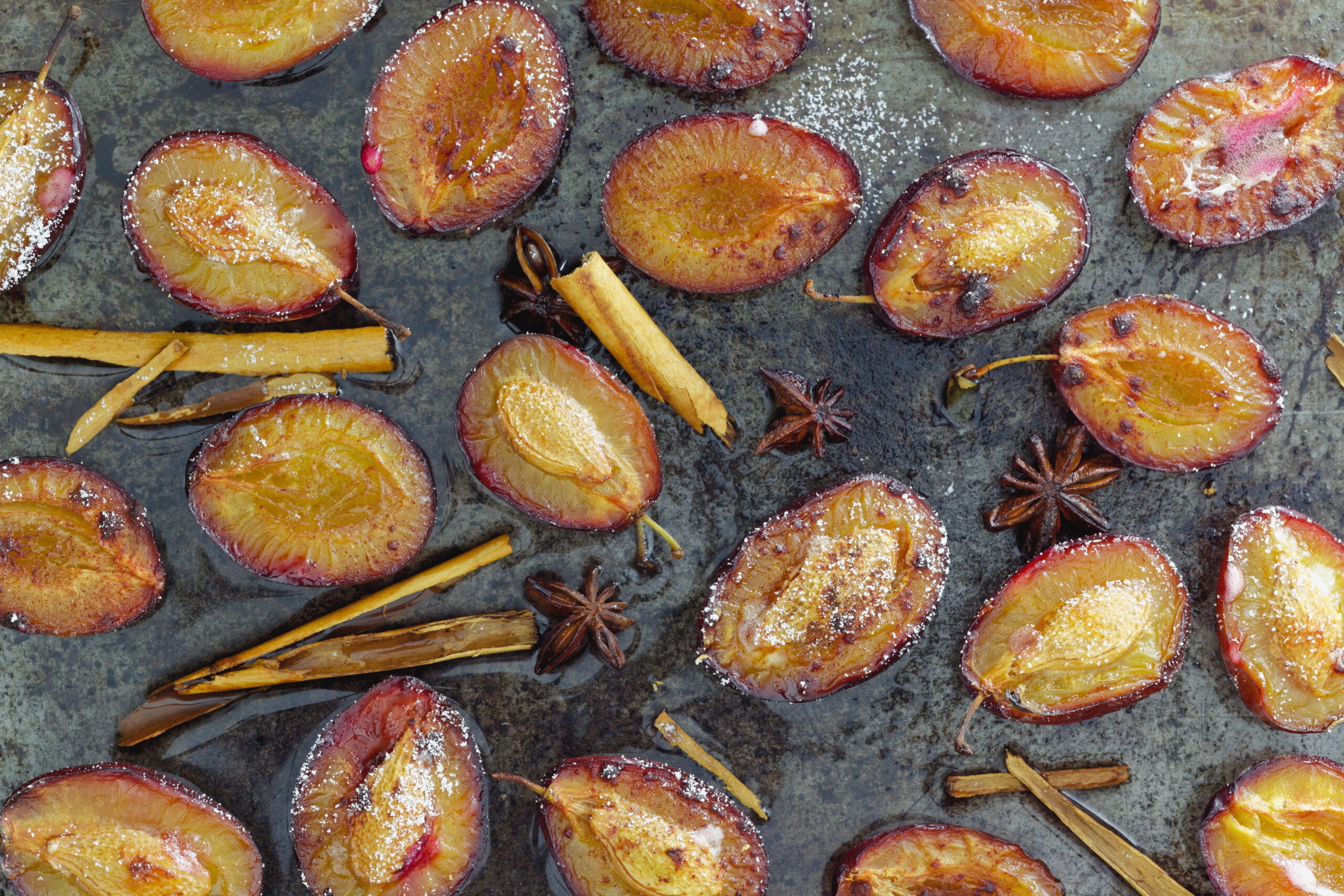
When freezing items like berries, cookies, or burger patties, it’s best to first freeze them on a baking sheet before transferring to a container or bag. This method, known as flash freezing, prevents foods from sticking together, allowing you to take out only the quantity you need. After a few hours, once they’re solid, place them in a freezer-safe container or bag. Flash freezing also helps maintain individual shapes, which is ideal for foods you’ll need in specific quantities. It’s a simple technique that keeps frozen items easy to portion.
Keep a Consistent Freezer Temperature
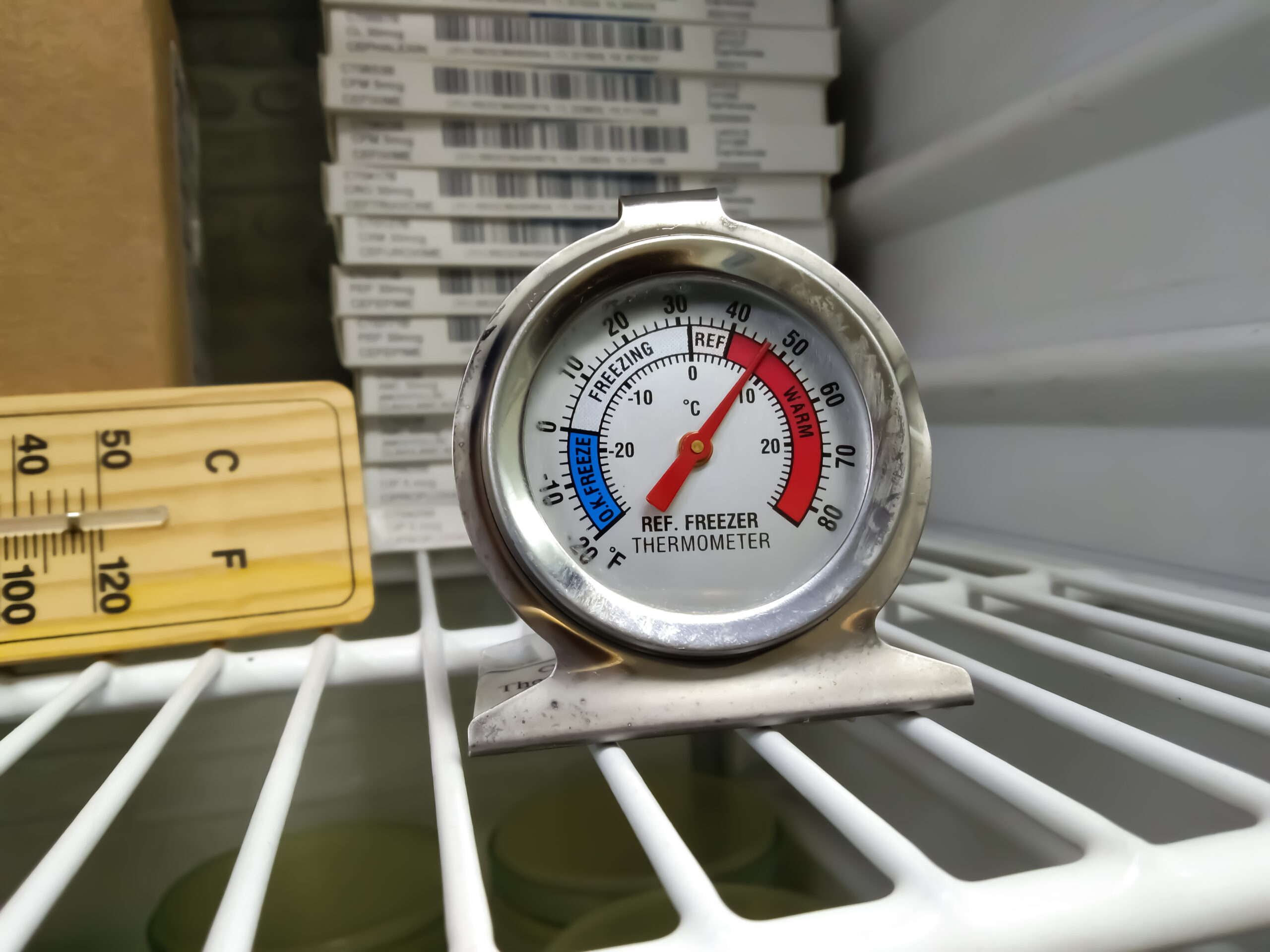
Maintaining a constant freezer temperature of 0°F (-18°C) or lower ensures that food stays frozen properly and retains its quality over time. Fluctuating temperatures can cause partial thawing and refreezing, which may lead to freezer burn and texture degradation. Regularly check your freezer’s temperature setting to make sure it stays within the optimal range. Investing in a freezer thermometer can help you monitor any temperature changes. By keeping your freezer cold and steady, you protect the quality of your frozen foods.
Use Parchment Paper for Baking Items
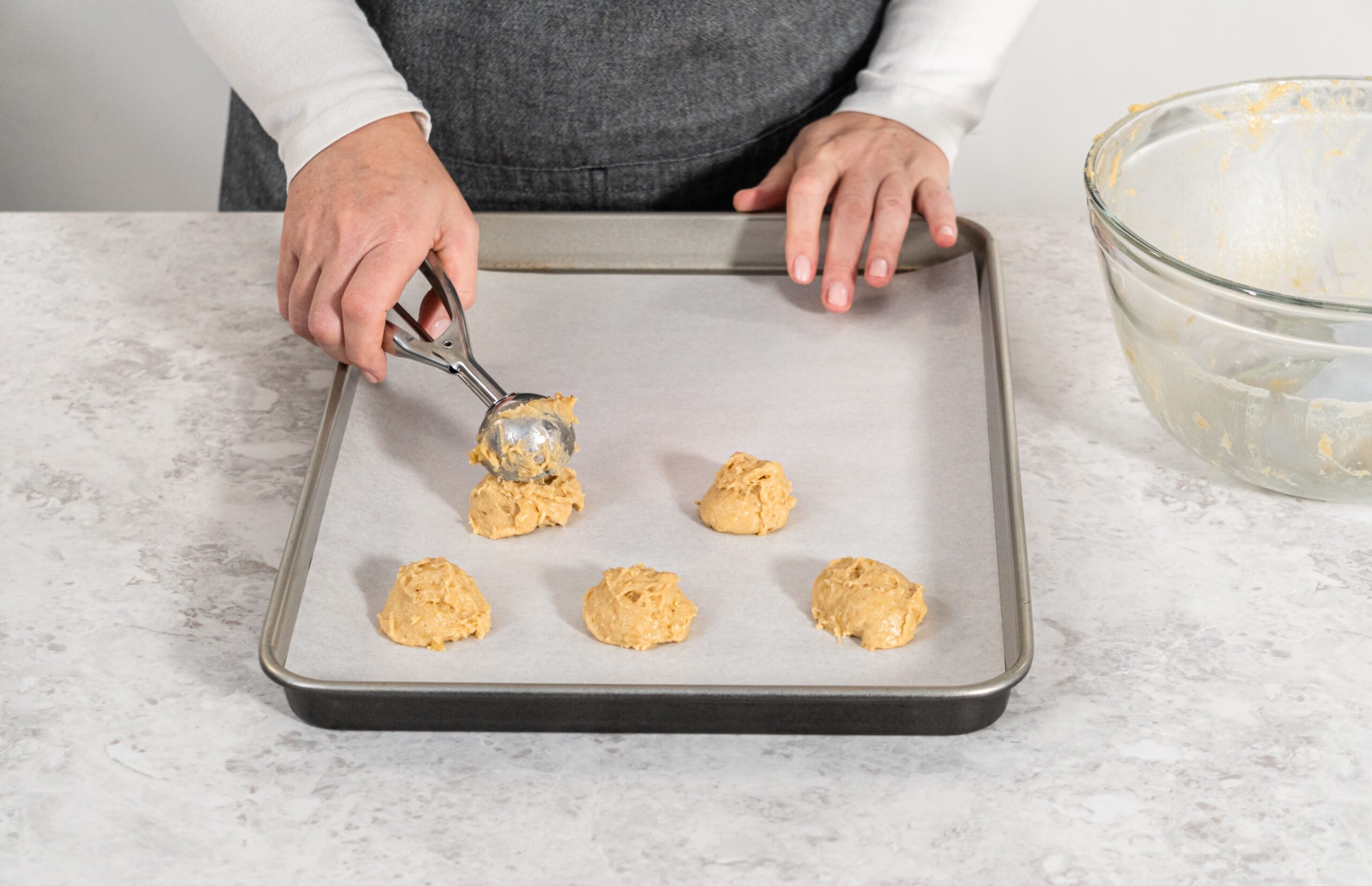
When freezing baked goods like cookies or pastries, place parchment paper between layers to prevent sticking. This makes it easy to grab individual items without breaking them apart. For items like bread or cakes, wrap them tightly in plastic wrap first, then add a layer of foil for extra protection. Parchment paper prevents items from clumping together while keeping their shape intact. This tip preserves the look and feel of baked goods for when you’re ready to defrost and enjoy them.
Defrost Safely
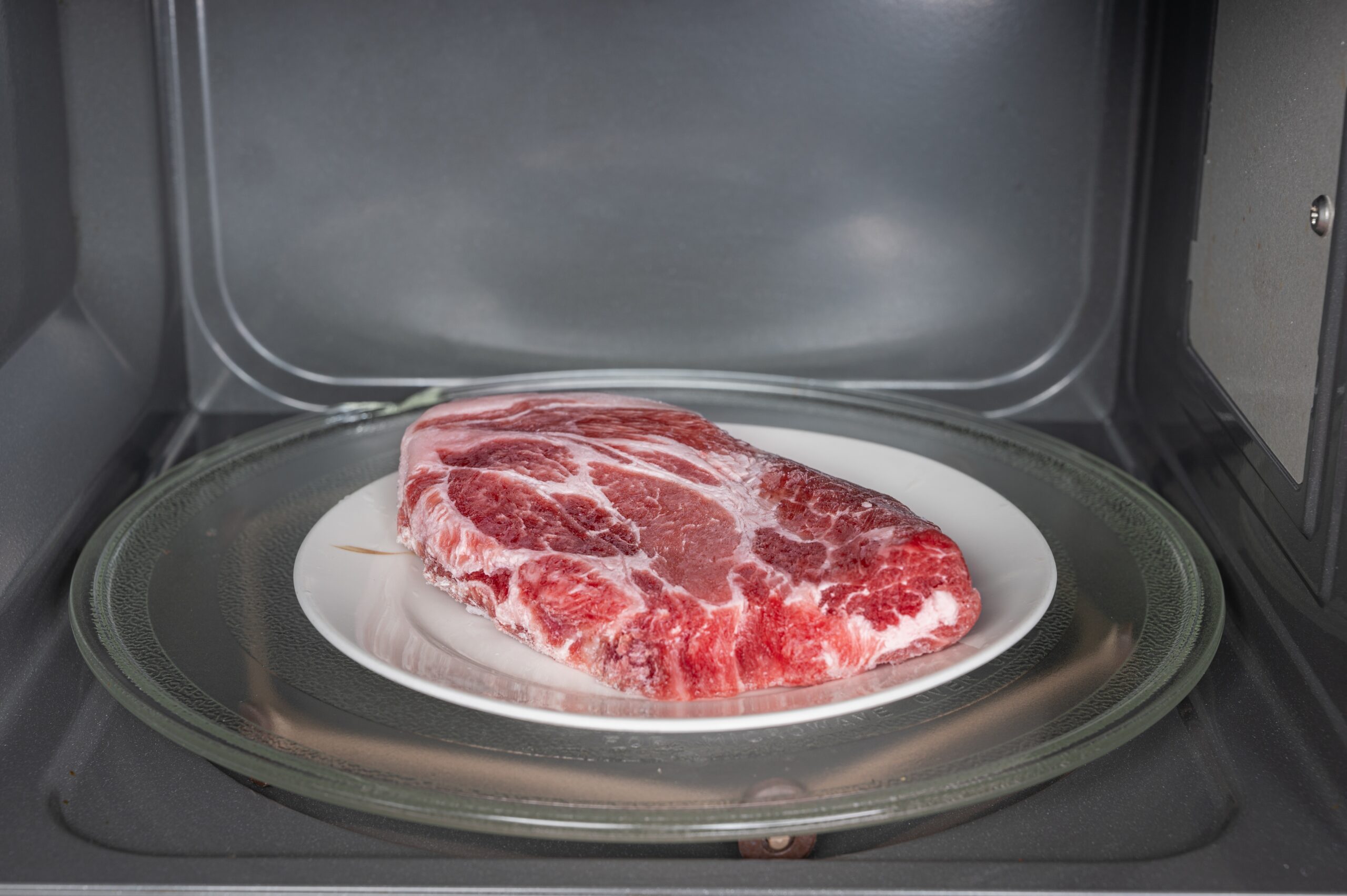
Proper defrosting is just as important as proper freezing to ensure the quality and safety of your food. For best results, defrost foods in the refrigerator, especially meats, which should never be left at room temperature to avoid bacterial growth. Small items can sometimes be thawed in cold water or even in the microwave, but this can affect texture. Planning ahead so you can defrost slowly in the fridge is ideal for preserving freshness. Safe defrosting not only keeps food tasting great but also ensures it’s safe to eat.
This article originally appeared on RetailShout.
More From RetailShout
16 Unexpected Sources of Plant-Based Protein You Should Try
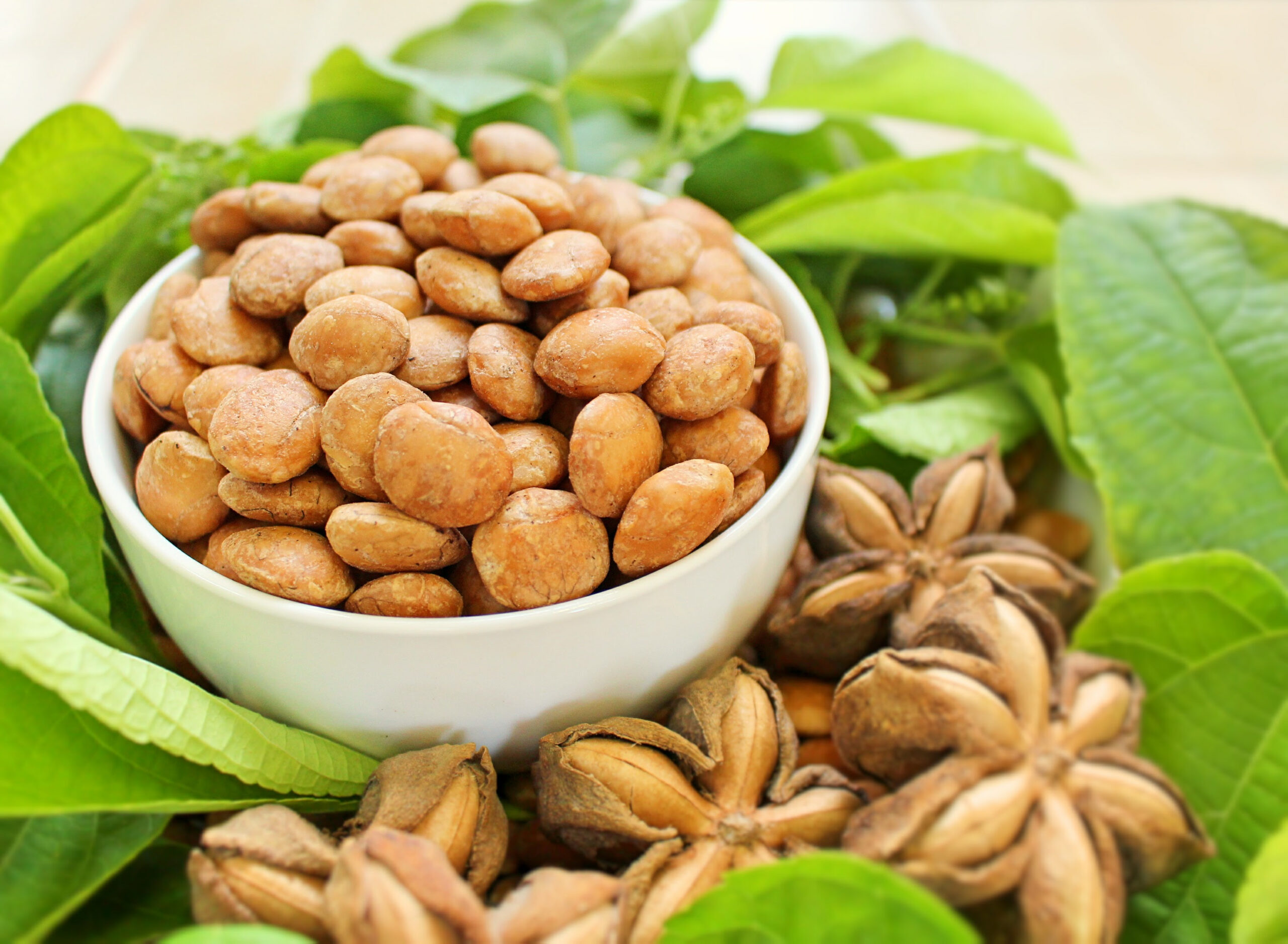
When we hear “protein,” we always think of the usual suspects: chicken, fish, and eggs. But did you know there are plenty of unexpected sources of plant-based protein that can shake up your diet? Read More.
15 Homemade Juice Recipes Packed with Nutrients
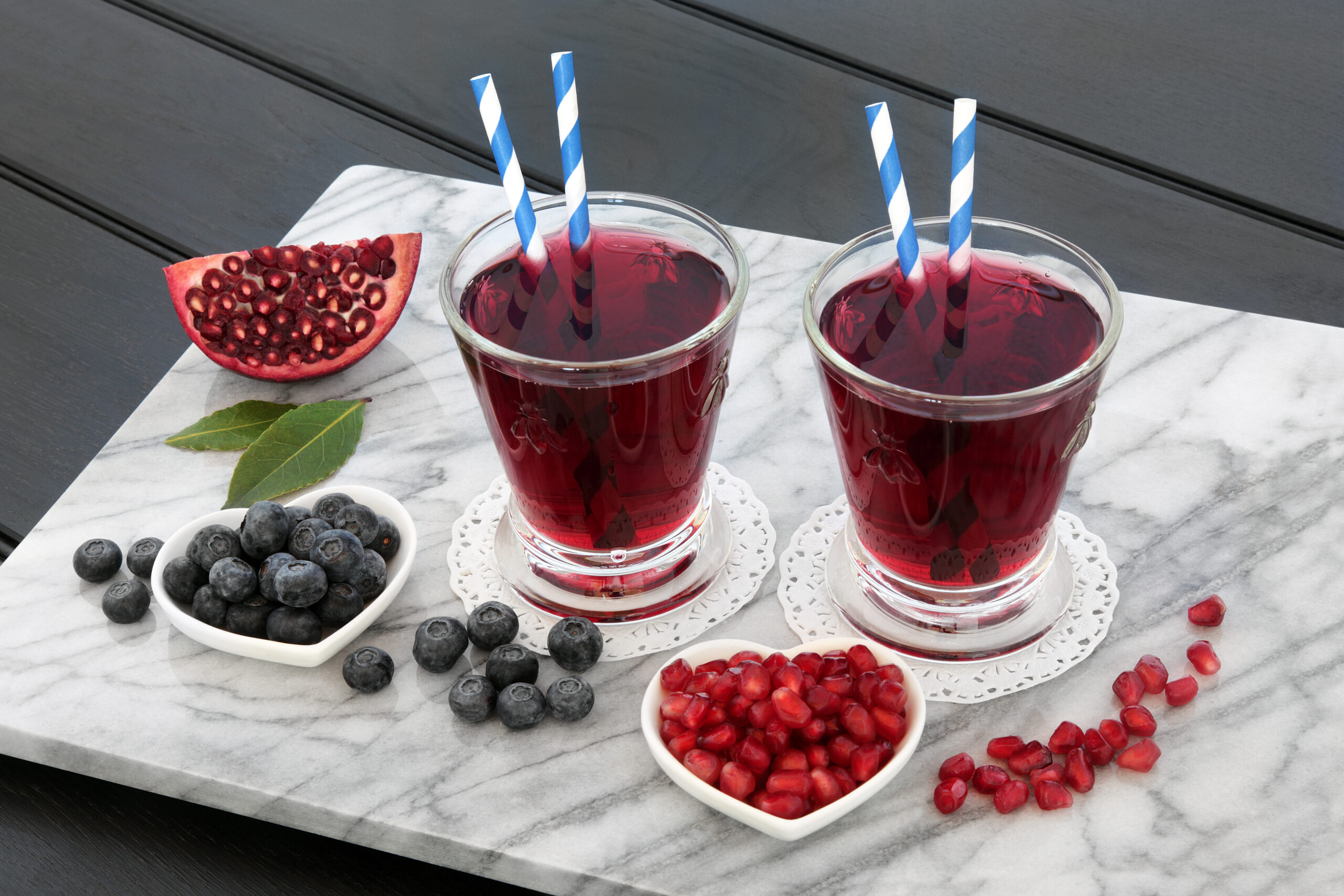
There’s something incredibly satisfying about making your own juice at home. Not only do you know exactly what’s going into your drink, but you also get to pack it full of fresh, nutrient-dense ingredients. Read More.
6 New and 10 Returning Items Of The Week At Trader Joe‘s
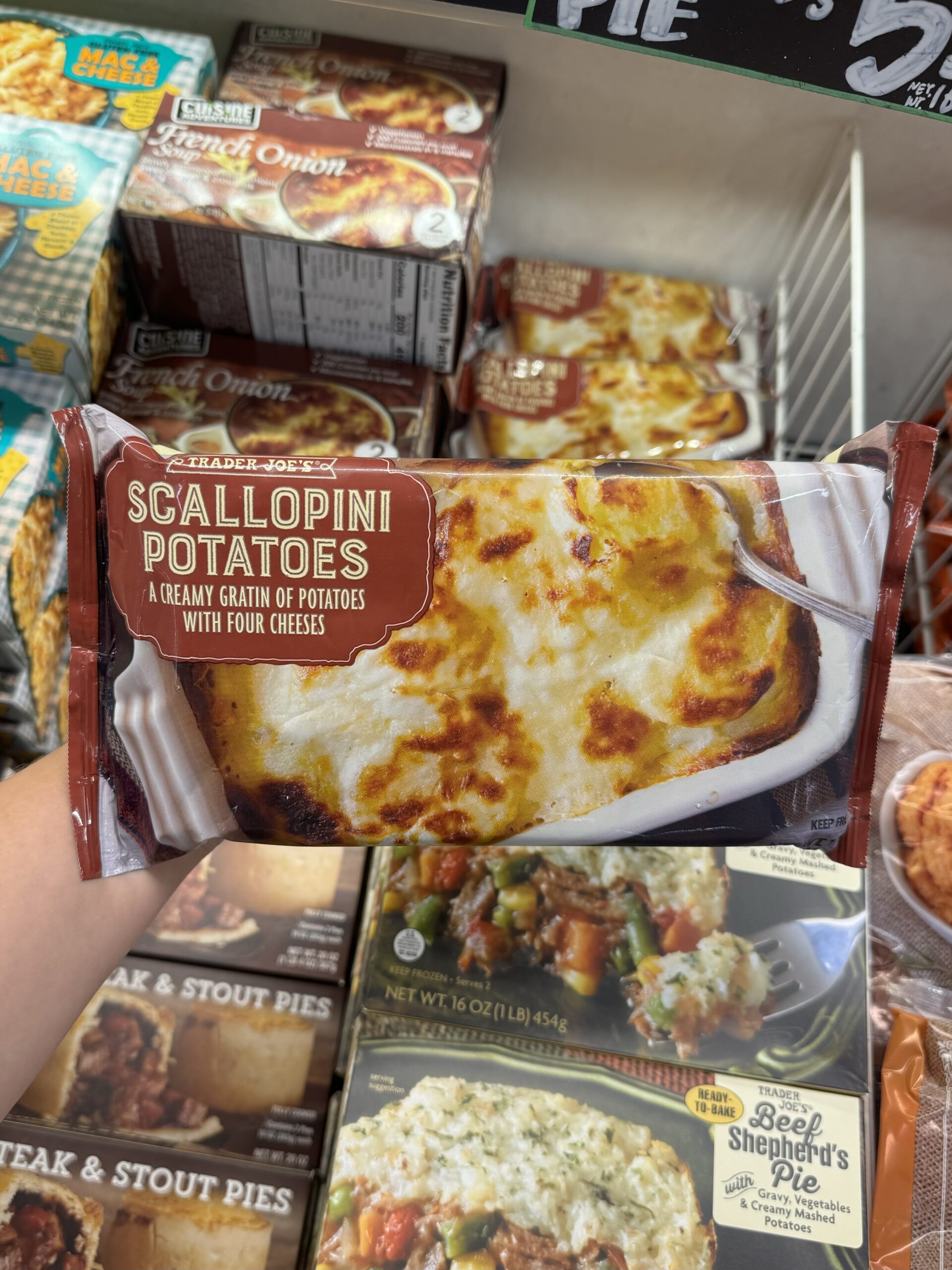
Another week, another set of exciting new and returning items at Trader Joe’s! From seasonal favorites to fresh finds, this week’s lineup has something for everyone. This week’s finds promise to add a little extra flair to your grocery haul. Read More.

